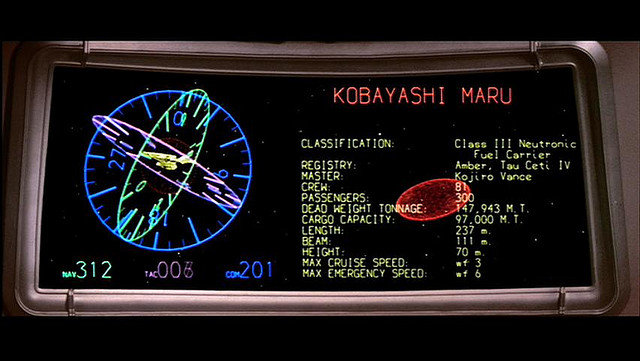
I want to be clear that what I’m presenting is neither new nor improved, nor regurgitated. On the contrary, it is a fundamental principle of the reality we work with yet are sometimes unwilling to accept. As for why I chose the word enterprise, well, I’m a bit of a geek, a touch of a nerd, or so says my children because it never fails every time I bring up Star Trek or Star Wars for some reason, it becomes abundantly clear the era I grew up in. So I will start with the quote from the great Leonard Nimoy.
In any case, were I to invoke logic, logic clearly dictates that the needs of the many outweigh the needs of the few. – Spock
I feel Spock got it right; if we look at what’s going on within the vast majority of organizations, logic does not dictate the needs of the many. Logic has no place in organizations; however, I feel so inclined to do what I must. When we look at organizations and for the entirety of this document, let’s call them enterprises to stay on topic with the theme I am creating. Because if I’ve learned one thing from these Stark Trek movies, it’s that the enterprise is and will always be a collection of areas, units, and groups working as a whole towards a common goal. The mission of the USS Enterprise NCC-1701 was and remained to be “To Boldly Go Where No One Has Gone Before.”
Well, I am choosing to go where no one has gone before with this article. I will address roles and responsibilities in architecture, specifically what is Enterprise Architecture and the levels.
I’ve always wondered why within every enterprise I consistently run into the same concerns and challenges that all companies face daily, yet for political, cultural, and social reasons, they choose not to deploy as Spock would say, “logic dictates.” So I consistently asked myself why, well I’ve come up with the answer, the struggle it’s “New and uncharted territory” as it has never been cleanly nor clearly defined along with the value it provides to companies; at best, it is vaguely understood and not well documented, certainly not a united understanding this is my solution that aids in creating a simple and easily consumable view with definitions for each and all roles of architecture responsibility with inside an enterprise.
So let’s get started.
Role Definition
As enterprises will always ‘push-back’ in new or change, most will find building a successful Enterprise organization can and will feel like a no-win scenario; again, I look to the great Leonard Nimoy.
You are looking at the only man to beat the no-win scenario. – Spock
The question I most frequently get is how I can impact this changing of the hearts and minds, and it’s very simple. Let’s first understand that when Impossible conditions, adaptation is the key to success. In my heart, I’m an entrepreneurial-minded professional. In my heart, there is no such thing as a no-win scenario; you must be willing to change the conditions of the environment you’re working within.
The Kobayashi Maru is a training exercise in the fictional Star Trek universe designed to test the character of Starfleet Academy cadets in a no-win scenario. The test’s name is occasionally used among Star Trek fans or those familiar with the series to describe a no-win scenario, a test of one’s character or a solution that involves redefining the problem.
